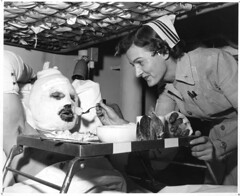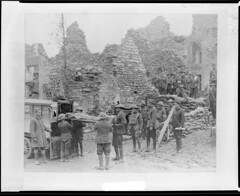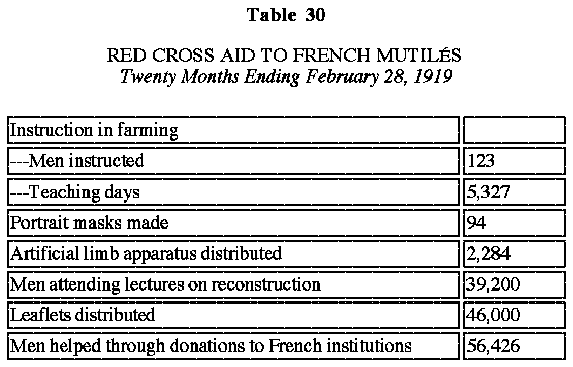From our Otken Collection of correspondence. Dr. Otken was a surgeon with the American Expeditionary Forces in World War 1.
U.S. Army Base Hospital No. 22
Milwaukee, Wisconsin
Friday, May 9th [1918]
Dearest Mother:
Your letter & the girls' came yesterday, glad to hear from you of course.
Sent the girls some post cards today & a picture I had made to Sister.
Has rained up here the last few days & has been real cool again. Had a letter from Charlie yesterday, sorry I can't go by Washington and see him. Got my commission all right & sent it on to Frances to put with my other papers.
Find this a nice lot of men, majority of them are Masons & everything is very congenial. Had a nice letter from Dr. Lee this morning, I wrote him shortly after I got here.
Sunday one of the Doctors carried me up to his summer home on a little lake about thirty miles north of here. There were six Drs. & their wives out there, all belong to the Base, We went up in auto's [sic]. Had a nice ride and a great dinner then drove back in the evening. It is a beautiful country, lots of small lakes - say a mile or two long and one half to one mile wide. The rich people from here have their summer homes along the shores & it certainly is beautiful.
Twelve of us had to act as pall bearers in a military funeral Monday for Lt. Col. Daum[?], an aviator killed in a fall at Dayton, Ohio.
We are all impatiently awaiting orders to leave here - we expect them before the week is out. Oh, yes, about that wool helmet. All those things [were?] given me when I got here - furnished by the Red Cross, helmet, muffler, gloves, socks, toilet kit etc. so if you have made that one, send it to Charlie he probably hasn't one.
Miss Hodges wrote that a new major had arrived to take Major Crawford's place but Maj. Crawford hasn't been ordered away as yet.
I see where a lot of drafted men are going to Shelby - so they will have lots of work at the Hospital there now.
Col. Baylis wired me congratulations when my commission came, so I wrote & thanked him a few days ago.
Sister wanted to know if [I] was on the surgical service - yes. There will be [illegible] men on the medical service over there, as practically all the cases are surgical.
Much love to all at home.
Luther
















